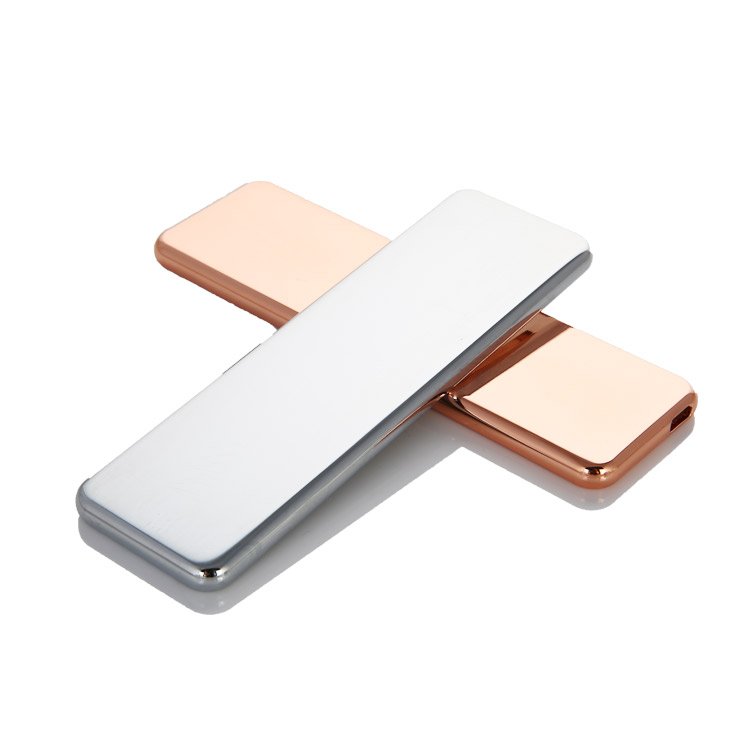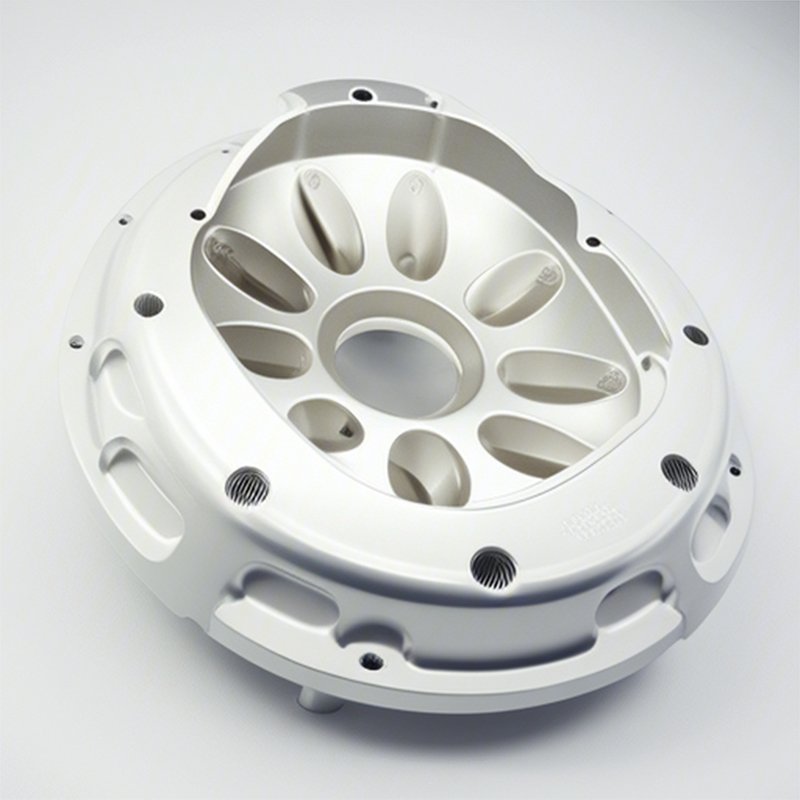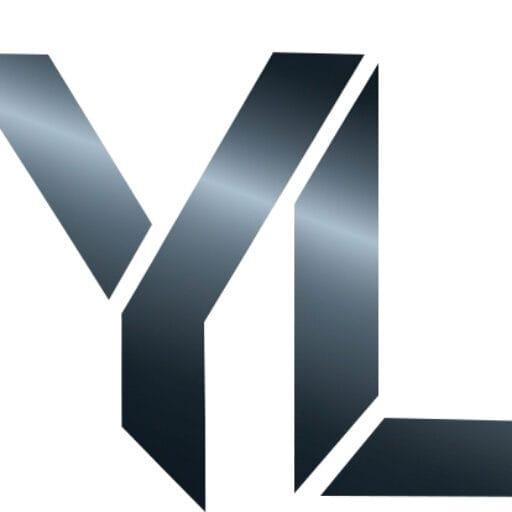Can We See Photos and Videos of Your CNC Machining Workshop?
Absolutely. We understand the importance of verifying a supplier’s capabilities and environment before committing to a project. At ly-machining, we provide comprehensive visual documentation, including high-resolution photos and detailed video tours of our state-of-the-art CNC machining workshop. These materials are designed to give your company a clear and transparent look into our operations, showcasing our […]
What Level of Precision Can Your CNC Machines Achieve?
Our advanced CNC machining centers are capable of achieving high levels of precision to meet diverse project needs. While we can consistently hold a standard CNC machine accuracy of ±0.005 inches (±0.13 mm), our high-performance machines and expert machinists frequently work with much tight tolerances, reaching down to ±0.0005 inches (±0.012 mm) or better for […]
How Do You Guarantee CNC Machined Parts Meet Drawing Requirements?
Ensuring parts meet drawing requirements is a core function of our quality control process, which integrates checks at every stage of production. The process begins with a thorough drawing review and programming validation to prevent errors before machining starts. During the CNC machining run, we conduct a “first-off inspection” to verify that the initial part […]
How to Manage Tolerances for Hard and Regular Anodizing?
Achieving final dimensional accuracy on anodized aluminum parts requires precise pre-machining calculations to account for the growth of the anodic layer. Unlike a simple coating, anodizing converts the aluminum surface into aluminum oxide, which occupies more volume than the consumed base metal. This results in dimensional changes that must be factored into the initial machining […]
How to Ensure Dimensions on Anodized Aluminum?

Controlling dimensions on anodized aluminum parts requires pre-compensation during machining, as the process adds thickness to all surfaces. The key is understanding the difference between anodizing types and applying the correct size allowance. For standard Type II anodizing, the added thickness is minimal. However, for hard anodizing (Type III), the buildup is significant and must […]
How Do You Define CNC Part Appearance Standards?
Defining clear appearance standards for CNC parts is a collaborative process that prevents subjective quality disputes. The goal is to establish objective, measurable, and documented visual acceptance criteria before production begins. This process starts with specifying critical cosmetic attributes on your technical drawings. Key parameters include maximum allowable scratch sizes, locations of acceptable tooling marks, […]
How to Ensure Authentic 7075 Material Standards?
Ensuring your 7075 aluminum is genuine and meets specifications is critical for high-performance applications. The most reliable method for material verification involves a multi-step quality assurance process. First, always source from reputable suppliers who can provide a detailed Material Test Report (MTR) or Certificate of Conformance (CoC). This document certifies the alloy’s chemical composition and […]
Why Do Lines Appear on Anodized 7075 Aluminum?
Material lines on 7075 aluminum after CNC machining and anodizing are most often caused by alloy segregation within the raw material itself. 7075 is a high-strength alloy containing zinc, magnesium, and copper. During the aluminum’s manufacturing, these elements can distribute unevenly on a microscopic level. While invisible on raw or machined aluminum, the anodizing process […]
Can CNC Parts Get a #180 Sandblast Anodized Finish?
Yes, applying a #180 grit sandblasted and anodized finish to CNC machined aluminum parts is a very common and highly effective manufacturing process. This multi-step procedure is ideal for achieving a high-quality, uniform appearance. The workflow begins after the part is machined via CNC. The part then undergoes sandblasting with #180 grit abrasive media. This […]
How to Avoid Orange Peel Phenomenon on CNC Machined Parts after Painting?

In the field of CNC machining, the surface quality of parts directly influences the market competitiveness of products. However, the common orange peel phenomenon during the painting process often poses a significant challenge to many engineers. This article delves deep into the causes of the orange peel phenomenon and provides a series of practical solutions. […]
